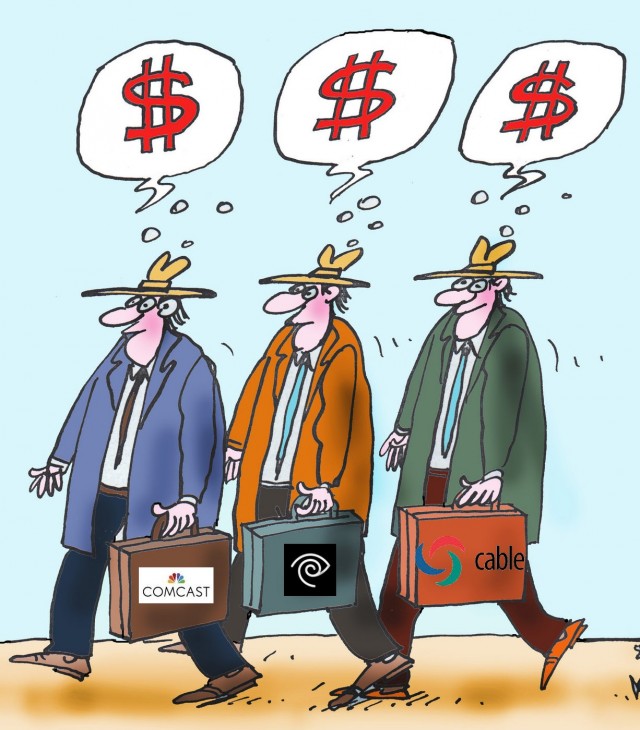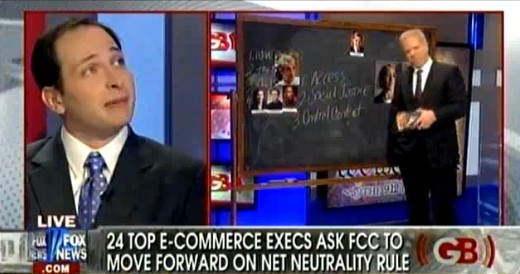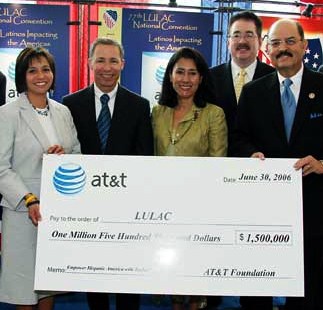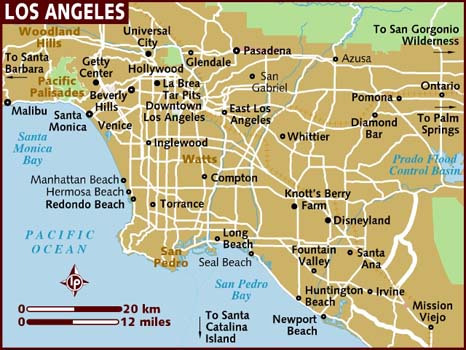
Malone
Dr. John Malone’s Liberty Global has picked up an extra billion dollars it can use towards any plan to combine Time Warner Cable and/or Cablevision under Charter Communications.
Liberty has sold off some of its assets to build an enormous financial war chest it could use to launch a new wave of cable consolidation in the United States, potentially leaving Charter Cable as the country’s second biggest cable operator, just behind Comcast.
AMC Networks announced it will pay $1 billion to buy Liberty-owned ChelloMedia, a major international programmer and content distributor that operates 68 channels and networks available to more than 390 million households in 138 countries. Chellomedia is not well-known in North America but its networks are household names overseas. The deal includes Chello Multicanal, Chello Central Europe, Chello Zone, Chello Latin America and Chello DMC. In addition, Chellomedia’s stakes in its joint ventures with CBS International, A+E Networks, Zon Optimus and certain other partners are also part of the sale.
 That $1 billion could be a key part of any blockbuster buyout deal because Malone can leverage that and other money with an even larger infusion from today’s easy access capital market. He has done it before, leveraging countless buyouts of other cable operators that built Malone’s Tele-Communications, Inc. (TCI) into the country’s largest cable operator by the early 1990s.
That $1 billion could be a key part of any blockbuster buyout deal because Malone can leverage that and other money with an even larger infusion from today’s easy access capital market. He has done it before, leveraging countless buyouts of other cable operators that built Malone’s Tele-Communications, Inc. (TCI) into the country’s largest cable operator by the early 1990s.
According to Shahid Khan, a media and cable industry consultant with Mediamorph, by this time next year Charter Communications could be just two million subscribers away from beating Comcast as the nation’s biggest cable operator.
 Khan believes Malone laid his consolidation foundation with Liberty’s significant ownership interest in Charter Communications, from which he can build a new cable empire.
Khan believes Malone laid his consolidation foundation with Liberty’s significant ownership interest in Charter Communications, from which he can build a new cable empire.
The most likely targets for consolidation are Time Warner Cable and Cablevision. According to Leichtman Research, as of this summer Comcast is the nation’s largest operator with 21.7 million subscribers. Regulators are unlikely to approve any deals growing Comcast even larger. But combining Charter, Time Warner Cable, and Cablevision would deliver 19.1 million subscribers under the Charter brand. A handful of smaller deals with minor operators like SuddenLink, Cable ONE, Mediacom, or Bright House Networks would quickly put Charter over the top of Comcast.
![]() Malone’s public argument is that larger cable operators have more leverage to secure better deals and rates for cable programming, equipment vendors, and suppliers. It also delivers “cost savings” mostly through layoffs and cutting back on redundant operations like customer care call centers.
Malone’s public argument is that larger cable operators have more leverage to secure better deals and rates for cable programming, equipment vendors, and suppliers. It also delivers “cost savings” mostly through layoffs and cutting back on redundant operations like customer care call centers.
But Malone could also use the combined market power of the supersized cable company to keep competitors non-viable, especially for cable television programming. Frontier Communications learned what it is like to be a small player when its inherited FiOS networks in Washington, Oregon and Indiana lost Verizon’s volume discounts for cable programming. Frontier quickly found the programming rates it could negotiate on its own were so dramatically higher, it tried to convince FiOS TV subscribers to switch to satellite television instead.
Charter could also raise prices for broadband services in areas where its potential partners have not increased them quickly enough.
Ironically, AMC Networks’ one billion dollar buyout of Chellomedia could ultimately become the catalyst for a Malone-driven buyout of AMC’s former owner — Cablevision.


 Subscribe
Subscribe A portion of your cable bill pays for much more than programming, with millions diverted to Koch Brothers-backed astroturf groups, tea party candidates, fat paychecks for former public officials taking a trip through D.C.’s revolving door, and generous allowances for travel expenses racked up by high-flying industry lobbyists.
A portion of your cable bill pays for much more than programming, with millions diverted to Koch Brothers-backed astroturf groups, tea party candidates, fat paychecks for former public officials taking a trip through D.C.’s revolving door, and generous allowances for travel expenses racked up by high-flying industry lobbyists.


 As Dr. John Malone positions his pieces on the cable industry’s chess board to win back the title of King of Big Cable, it is important to consider history.
As Dr. John Malone positions his pieces on the cable industry’s chess board to win back the title of King of Big Cable, it is important to consider history.

 The city can offer some incentives to attract an outsider, such as promising a lucrative contract to manage the city government’s telecom needs. It can also ease bureaucratic red tape that often stalls big city infrastructure projects. But Los Angeles is not exactly prime territory for a fiber build. Its notorious sprawling boundaries encompass 469 square miles, with many residents and businesses in free-standing buildings, not cheaper to serve multi-dwelling units.
The city can offer some incentives to attract an outsider, such as promising a lucrative contract to manage the city government’s telecom needs. It can also ease bureaucratic red tape that often stalls big city infrastructure projects. But Los Angeles is not exactly prime territory for a fiber build. Its notorious sprawling boundaries encompass 469 square miles, with many residents and businesses in free-standing buildings, not cheaper to serve multi-dwelling units.